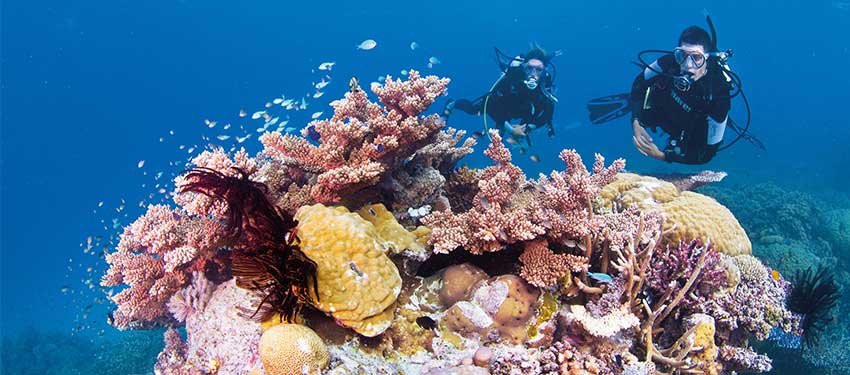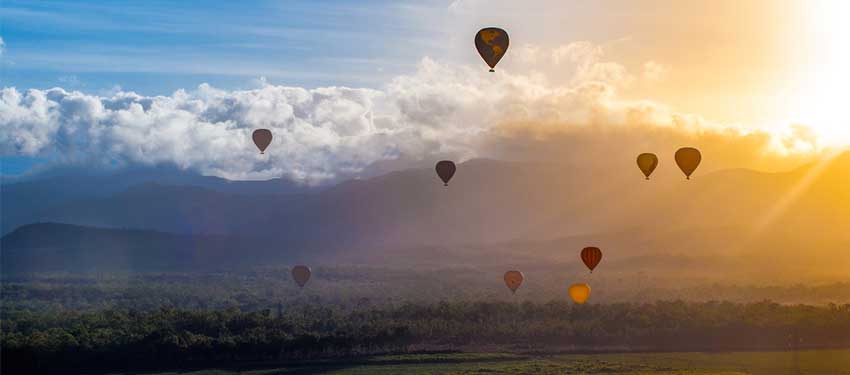The Great Barrier Reef – Cultural and Historical Significance
Humans have heard about the Great Barrier Reef for over 40,000 years – a magnificent natural phenomenon flanking the sun-soaked coast of Australia. Blessed with jaw-dropping beauty, the world’s largest coral reef delivers a wealth of marine life and individual reef systems – not to mention breathtaking tropical islands and gorgeous golden sand beaches.
Great Barrier Reef Discovery and Documentation
Although the Reef was known to man for so long, the Europeans only discovered it in the late 1700’s. The first reef sighting was recorded and documented by Louis de Bougainville in 1768 when he approached the Australian coast; however, rough conditions forced him to steer a course towards Asia, missing Australia completely.
The reef was better documented and thrown open to the scientific community worldwide when James Cook, captaining the Endeavour, travelled the entire stretch of reef from May to August 1770. However, he too travelled towards the inland and had no idea of the extent of the reef. The ship hit Endeavour Reef, just north of Cape Tribulation and Cook was forced to repair the ship ashore – at a location, now called Cooktown. During the six weeks that the ship was being repaired, Cook along with his botanists Daniel Solander, Joseph Banks and a few illustrators were able to observe and document the reef with whatever little equipment they had. The data wasn’t much, but enough to excite the scientific community worldwide.
After the repairs, Cook wasn’t able to find a way out of the natural barriers. He sailed to Lizard Island, climbed to its highest point, and sighted a passage to safely carry the Endeavour out. This passage is now known as Cook’s Passage.
Another significant exploration was carried out by Matthew Flinders, who between 1801 and 1803 set out to chart and document the entire Australian coastline. It was Flinders who named the Great Barrier Reef and also found a passage large enough to navigate ships without causing wreckage – the Flinders’ Passage.
The Great Barrier Reef also hosts as many as 30 shipwrecks in its waters, with each wreck sounding a story of its own. There is evidence of wrecks from as early as the 18th century to the more recent lighthouses and sites from the World War II era. There are also documented cases of fishermen and divers coming to these waters from as far as China and Japan in search of Sea Cucumbers and pearls. Nevertheless, that’s what we have come to know about the reef today.
The Traditional Owners of the Great Barrier Reef
The Aboriginal and Torres Straight Islanders – original occupants of the continent – have known and explored the reef for tens of thousands of years. The cultural significance of the Great Barrier Reef to these communities has largely been documented through paintings, songs and stories that have been passed down through generations. The Aborigines and Torres Straight people used these waters to gather fish and other natural resources required for their sustenance. The Torres Straight Islanders have always been sea faring people – there are illustrations of them using canoes with wind sails to trade with mainland aborigines through the reef waters. Each tribe has their own version of how the reefs were created – mainly expressed through song and dance. They are also known as the traditional owners of the Great Barrier Reef – having been privy to the magnificence of the reef for centuries before it was documented.
Protecting the Reef
The government appointed a Great Barrier Reef Marine Park Authority – that works with the sole purpose of maintaining the beauty and culture of the reef area. Local Aboriginal and Torres Straight Islanders have joined hands with the Marine Park Authority to help protect and keep the Great Barrier Reef safe – it doesn’t just have a history – it is an integral part of indigenous Australian culture.






